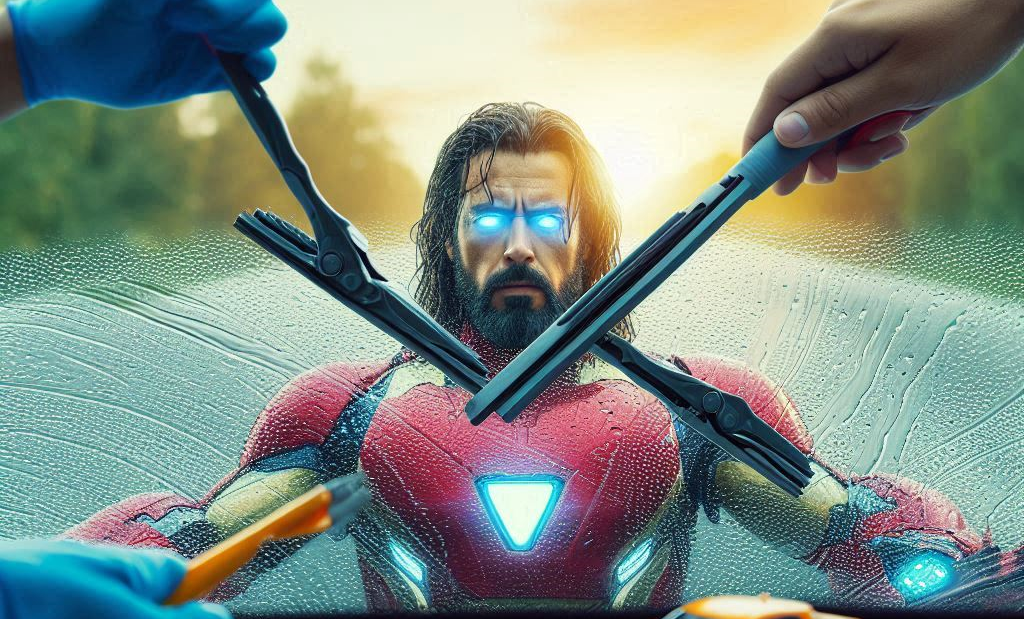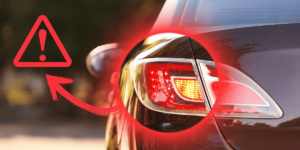Blown head gaskets are a common issue for Subaru owners, especially with the 2.5-liter engines. This can be a stressful situation, leaving you wondering if repairing it is even worth the investment. To help you make an informed decision, this guide explores the key factors to consider and provides valuable insights.
What is Head Gaskets?
A head gasket is a crucial component that seals the cylinder head to the engine block, preventing coolant and oil from mixing. When it fails, these fluids can leak, causing various problems and potentially leading to engine damage.
Signs of a Blown Head Gasket
- Overheating: This is a classic symptom, indicating the coolant isn’t circulating properly due to the leak.
- Rough idling and loss of power: The engine struggles to perform efficiently due to the improper mix of fluids.
- Milky oil: Coolant mixing with oil creates a milky appearance in the engine oil.
- Exhaust smoke: White or blue smoke from the exhaust can indicate coolant burning in the engine.
Repairing vs. Replacing
The decision to fix or replace depends on several factors:
- Car’s value: If your car’s overall value is significantly lower than the repair cost, replacing it might be more economical.
- Car’s condition: If your car is well-maintained and has low mileage, repairing the head gasket might be worthwhile, extending its lifespan.
- Extent of damage: Overheating or neglecting the issue can cause additional engine damage, making repairs more complex and expensive.
- Other existing issues: Consider any existing mechanical problems that might need addressing alongside the head gasket repair.
Cost Considerations
Head gasket replacement typically costs between $1,100 and $4,000, depending on the car model, labor costs, and additional parts needed. Replacing the timing belt and other components during the repair process can further increase the cost.
Factors Favoring Repair:
- Well-maintained car with good overall condition
- Limited damage beyond the head gasket
- Plan to keep the car for several years
Factors Favoring Replacement:
- Older car with significant rust or other issues
- Extensive engine damage due to overheating or neglect
- Limited budget and need for a reliable car in the short term
Tips & Tricks
- Get quotes from multiple mechanics: Compare prices and ask about their experience with Subaru head gasket repairs.
- Consider using OEM or high-quality aftermarket parts: Ensure long-term reliability and avoid potential future issues.
- Factor in preventive maintenance: Regularly changing oil and coolant helps prevent future head gasket problems.
Ultimately, the decision of whether to fix or replace your Subaru with a blown head gasket is a personal one. By carefully considering the factors mentioned above, you can make an informed choice that aligns with your budget, car’s condition, and future plans.
Frequently Asked Questions
Q: Has Subaru done anything about their infamous head gasket failure?
A: Yes, Subaru has addressed the head gasket issue in newer models. They introduced multi-layer steel (MLS) head gaskets around 2003-2005, which are significantly more durable and less prone to failure compared to the older single-layer composite gaskets used in earlier models.
Q: Why did the Subaru engine head gaskets fail frequently on older models and is it true that they’ve fixed this?
A: Several factors contributed to head gasket failures in older Subaru models, including:
- Material limitations: The single-layer composite gaskets used were less resistant to heat and pressure cycles, leading to wear and tear over time.
- Design considerations: The engine design itself might have placed additional stress on the head gasket in certain models.
Subaru has addressed these issues by:
- Switching to MLS gaskets: These gaskets are more robust and can withstand higher temperatures and pressures, significantly reducing the risk of failure.
- Refining engine design: Improvements in engine design and materials have further minimized stress on the head gasket.
Q: What year did Subaru fix the head gasket issues?
A: The exact year varies depending on the specific model, but generally, around 2003-2005, Subaru transitioned to using MLS head gaskets, significantly reducing the head gasket failure rate in newer models.
Q: How long do head gaskets last on a Subaru?
A: With proper maintenance and using MLS gaskets, Subaru head gaskets can last well over 100,000 miles. However, factors like improper maintenance, overheating, or using low-quality aftermarket parts can still contribute to premature failure.
Q: Why did it take Subaru so long to solve the head gasket problems on the 2.5 horizontal boxer engine?
A: Addressing the head gasket issue likely involved a combination of factors:
- Identifying the root cause: It might have taken time to thoroughly diagnose the exact reasons behind the failures.
- Developing and testing solutions: Implementing a reliable and long-term solution like MLS gaskets required extensive testing and validation.
- Phased implementation: Transitioning to new manufacturing processes and incorporating design changes might have occurred gradually across different models.
It’s important to remember that even with improvements, no car is entirely immune to potential issues. Regular maintenance and using high-quality parts remain crucial for maintaining the longevity and performance of your Subaru.
Conclusion
Facing a blown head gasket in your Subaru can be a daunting experience. However, by carefully considering the factors discussed in this guide, you can make an informed decision that aligns with your budget, car’s condition, and future plans.
Remember, there’s no one-size-fits-all answer. Weigh the pros and cons, seek professional advice if needed, and prioritize making a choice that ensures both the financial viability and safety of your beloved Subaru.
For those choosing repair, remember to prioritize using high-quality parts and following proper maintenance practices to ensure the longevity of your engine and avoid future issues.
Ultimately, with the right knowledge and approach, you can navigate this challenge and keep your Subaru running smoothly for years to come.








